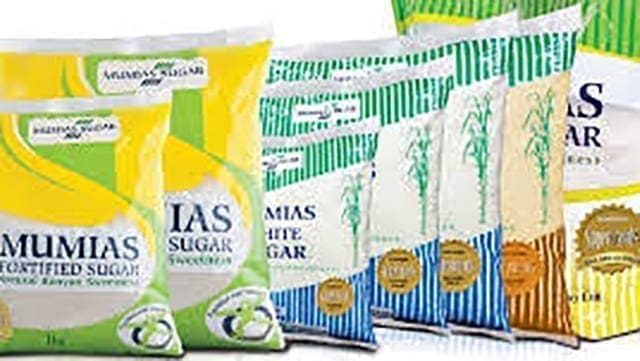USA – China, the world’s largest agricultural importer, has now surpassed the United States and the European Union, to become the largest funder of agricultural R&D in the world.
According to a report by the United States Department of Agriculture (USDA), China, which is the largest importer of U.S. agricultural goods, has been ramping up its funding for the past two decades in an effort to secure food for its 1.4 billion people.
The US, on the other hand, consistently has been reducing its spending in agricultural R&D and by 2019 spending had declined to roughly where it was in 1970.
In 2019 (the last year for which complete statistics are available), public agricultural R&D spending in the United States totaled US$5.16 billion, about a third lower than the peak in 2002 when spending was US$7.64 billion (in constant 2019 dollars).
The decline has been going on despite research by Economic Research Service (ERS) showing that spending on public agricultural R&D from 1900 to 2011 generated, on average, US$20 in benefits to the U.S. economy for every US$1 of spending.
As the US withdraws from expenditure on agricultural R&D other countries have been ramping up their expenditures to bolster national food security.
Brazil, a major international competitor of the United States in agricultural exports, increased its agricultural R&D funding during the past two decades.
India, another country with a large agricultural sector, also has increased its public R&D spending.
The USDA notes that lower U.S. spending on agricultural R&D may be partially offset by private sector spending.
The department was however cautious about private sector input as comprehensive information on private agricultural R&D investment by country is not available.
It further noted that present trends may affect the U.S. role as a global leader in agricultural sciences.
It further expressed concern that it could lead to reduced U.S. agricultural trade competitiveness if U.S. agricultural productivity growth slows compared with other countries.
Liked this article? Subscribe to Food Business Africa News, our regular email newsletters with the latest news insights from Africa and the World’s food and agro-industry. SUBSCRIBE HERE.











